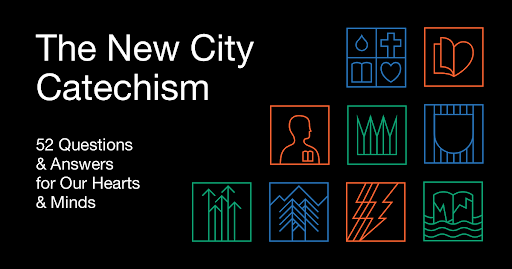Sermons + Resources
Welcome to the Sermon + Resources section. Here, you can listen to sermons, download resources, and read Pastor Jude's blog. Also, be sure to download our West London Alliance Church mobile app to get real-time updates via your smartphone.






